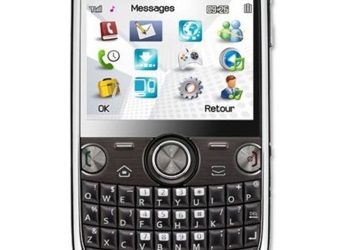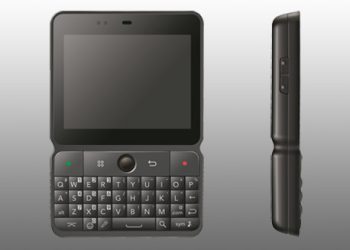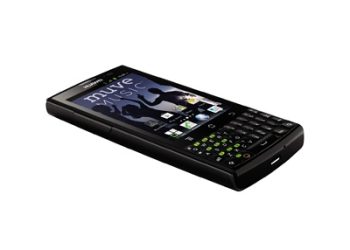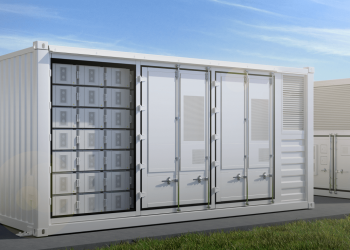Huawei is once again making waves in the semiconductor industry, and this time, its potential breakthrough could shift the balance of power in the global smartphone market. The Chinese tech giant is reportedly testing a laser-induced discharge plasma (LDP) technology, a system that could serve as an alternative to the extreme ultraviolet (EUV) lithography machines that Huawei has been denied access to due to U.S. sanctions. If successful, this move could significantly weaken U.S. control over Huawei’s chip production and allow the company to close the technological gap with its competitors.
Why EUV Technology is a Game-Changer
At the heart of modern chip manufacturing is EUV lithography, a process that etches intricate circuit patterns onto silicon wafers with extreme precision. These patterns determine how many transistors can fit onto a chip, directly influencing performance, power efficiency, and speed. Without EUV machines, it is extremely difficult to produce chips smaller than 7nm, which is the industry standard for premium smartphone processors.
Currently, ASML, a Dutch company, is the sole producer of EUV lithography machines. However, under pressure from the U.S., ASML has been banned from selling these machines to China, effectively keeping Huawei’s chip technology generations behind Apple and Qualcomm.
Despite this, Huawei and its chip manufacturing partner, SMIC, have managed to find a workaround, using older deep ultraviolet (DUV) machines and advanced techniques like multi-patterning to produce 7nm Kirin chips. These chips powered Huawei’s 2023 Mate 60 series, marking the company’s return to 5G smartphones.
Huawei’s Answer to EUV: Laser-Induced Discharge Plasma (LDP)
Now, Huawei is exploring LDP technology, which could allow the company to manufacture chips with smaller transistors, bypassing the need for ASML’s EUV machines. According to reports, Huawei has successfully generated the 13.5nm wavelength required for advanced chipmaking by vaporizing tin between electrodes and converting it into plasma through high-voltage discharges. This process mimics the mechanism of ASML’s EUV lithography, suggesting that Huawei could eventually produce cutting-edge chips independently.
If LDP Succeeds, What Happens Next?
If Huawei and SMIC can develop a reliable and scalable alternative to EUV, the consequences could be far-reaching:
- Breaking the U.S. Chip Blockade – The U.S. sanctions were designed to cripple Huawei’s access to advanced semiconductor technology, but with its own EUV alternative, Huawei could produce competitive chips without relying on Western suppliers.
- Regaining Market Dominance – Before the sanctions, Huawei was the second-largest smartphone maker, surpassing Apple in global sales. With cutting-edge chips, Huawei could challenge Apple, Samsung, and Xiaomi once again.
- Reshaping Global Supply Chains – A domestically developed EUV alternative would empower China’s semiconductor industry, reducing its reliance on foreign technology and accelerating the shift toward self-sufficiency.
Huawei’s Track Record of Overcoming Sanctions
Huawei has already demonstrated resilience in the face of adversity:
- When Google banned Huawei from using Android’s Google Mobile Services (GMS), Huawei responded by developing HarmonyOS, which has grown into a viable competitor.
- When 5G chips were restricted, Huawei and SMIC successfully manufactured 7nm Kirin processors, restoring 5G capabilities to their flagship phones.
Now, Huawei seems poised to break the EUV barrier, a move that could render U.S. semiconductor sanctions ineffective.
The Final Word: A New Era for Huawei?
While LDP technology is still in its early stages, the fact that Huawei has reportedly achieved the required 13.5nm wavelength suggests that an alternative to EUV is within reach. If the company succeeds in scaling up the technology for mass production, it could restore its position as a global smartphone powerhouse.
This development is not just about Huawei—it could mark a paradigm shift in the global semiconductor industry, challenging the dominance of Western chip manufacturers and reshaping the future of smartphone competition.







